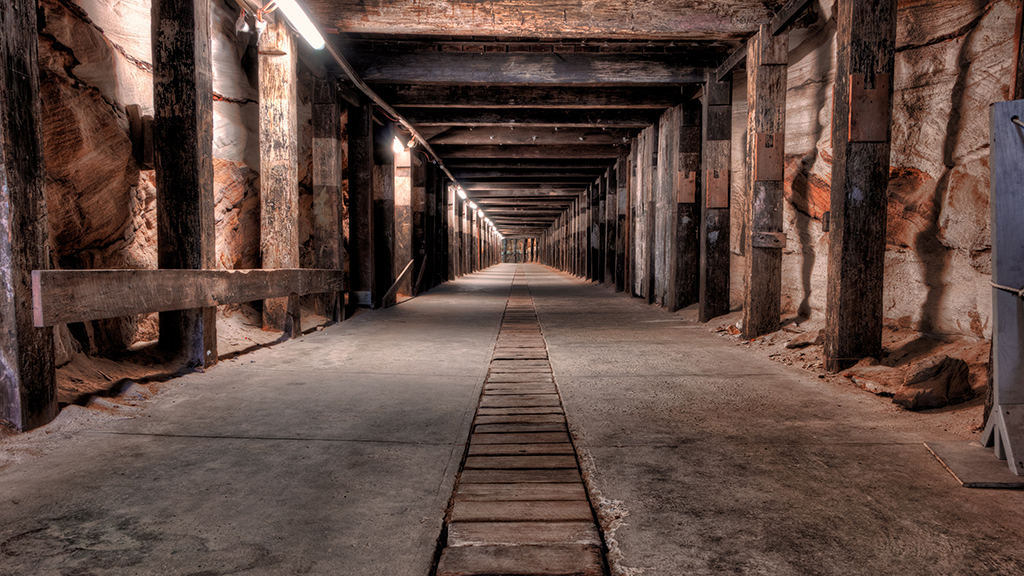Angular Technologies, an indoor alternative to GPS
Experts have developed an algorithm that makes it possible to combine different technologies to locate objects and people indoorsThe project was one of the finalists at the 9th SpinUOC, the UOC's entrepreneurship, innovation and knowledge transfer event

The launch of the Global Positioning System (GPS) in the 1990s was a milestone for geolocation systems. In spite of its undoubted success, this system does not work in places with no satellite signals. Since then, there have been many attempts to develop a technology equivalent to GPS —universal, accurate and low-cost— that also works indoors, but to no avail. In view of the great difficulty involved in finding a single universal technology, researchers from the Universitat Oberta de Catalunya (UOC) have developed an algorithm that makes it possible to combine different technologies to improve the ability to locate people and objects indoors.
"Our system is based on an innovative approach to this problem: instead of trying to find a single technology that works in every situation, our proposal uses a combination of different technologies that work together, i.e. trying to use the useful information that can be provided by each of them in each particular situation," explained Marc Guerrero, a researcher in the Wireless Networks (WiNe) group at the Internet Interdisciplinary Institute (IN3) who, together with his fellow researchers from the same group Guillem Boquet, the full professor of the Faculty of Computer Science, Multimedia and Telecommunications and leader of WiNe Xavier Vilajosana and Borja Martínez, is the driving force behind Angular Technologies. The project was one of the finalists at the 9th SpinUOC, the UOC's entrepreneurship, innovation and knowledge transfer event coordinated by the Hubbik platform.
Tailoring the solution to every need
A system that makes it possible to locate objects or position assets in real time could save resources, time and money for all kinds of industries, hospitals and institutions. The problem facing researchers is that locating people or items indoors has, "a similar effect to mirror mazes: the multiple reflections made by the same object in different mirrors make it very hard to identify where the signal is coming from," said Guerrero.
In view of these difficulties, positioning solution manufacturers and suppliers have traditionally focused on using a single technology adapted to each specific environment. As highlighted by Guerrero, this is what makes it "either very difficult or very expensive to adapt this solution to other environments" in the vast majority of cases. The Angular Technologies system, on the other hand, is characterized by its great flexibility, as it can integrate different technologies from different manufacturers and suppliers thanks to an algorithm for combining heterogeneous technologies developed by the UOC team. "We refer to this approach as confidence filtering: the idea is not just to statistically aggregate information provided by different technologies, but also to purge at any given time those sources of information that are proving not to be reliable," he said.
Thanks to the algorithm, the positioning solution can be adapted to every need and every situation as, as he explained, "there are times when a less accurate position may be acceptable, such as in order to find out whether a patient is in one or other hospital room, while other cases require greater accuracy, such as when looking for a tool in a workshop."
In addition, since Angular Technologies' solution transparently combines different technologies, it can provide solutions tailored to potential customers' budgets. "Our system enables us to find the best possible balance between cost and accuracy. For example, we can sectorize the location area and use less accurate lower-cost technologies in less important sections, and more accurate but more expensive locators in critical sections," said Guerrero.
According to the researchers, another advantage of working as an aggregator of different technologies is that the system can be "easily extended by means of additional technologies as and when required, which means that new technologies can be gradually incorporated in the future based on customers' specific requirements."
The UOC's labs act as a test bench
The technology is already being tested at the UOC's facilities, and the researchers are hoping to have a prototype with the necessary features to be presented to the first customers ready by this autumn. "Once we have completed this phase, we intend to deploy the technology in other environments. In order to do this, we are looking for companies wishing to collaborate with us to provide a gateway to different sectors," said Guerrero.
This research by the UOC supports Sustainable Development Goal (SDG) 9, Industries, innovation and infrastructure.
UOC R&I
The UOC's research and innovation (R&I) is helping overcome pressing challenges faced by global societies in the 21st century, by studying interactions between technology and human & social sciences with a specific focus on the network society, e-learning and e-health. Over 500 researchers and 51 research groups work among the University's seven faculties and two research centres: the Internet Interdisciplinary Institute (IN3) and the eHealth Center (eHC).
The United Nations' 2030 Agenda for Sustainable Development and open knowledge serve as strategic pillars for the UOC's teaching, research and innovation. More information: research.uoc.edu. #UOC25years
Experts UOC
Press contact
-
Editorial department
